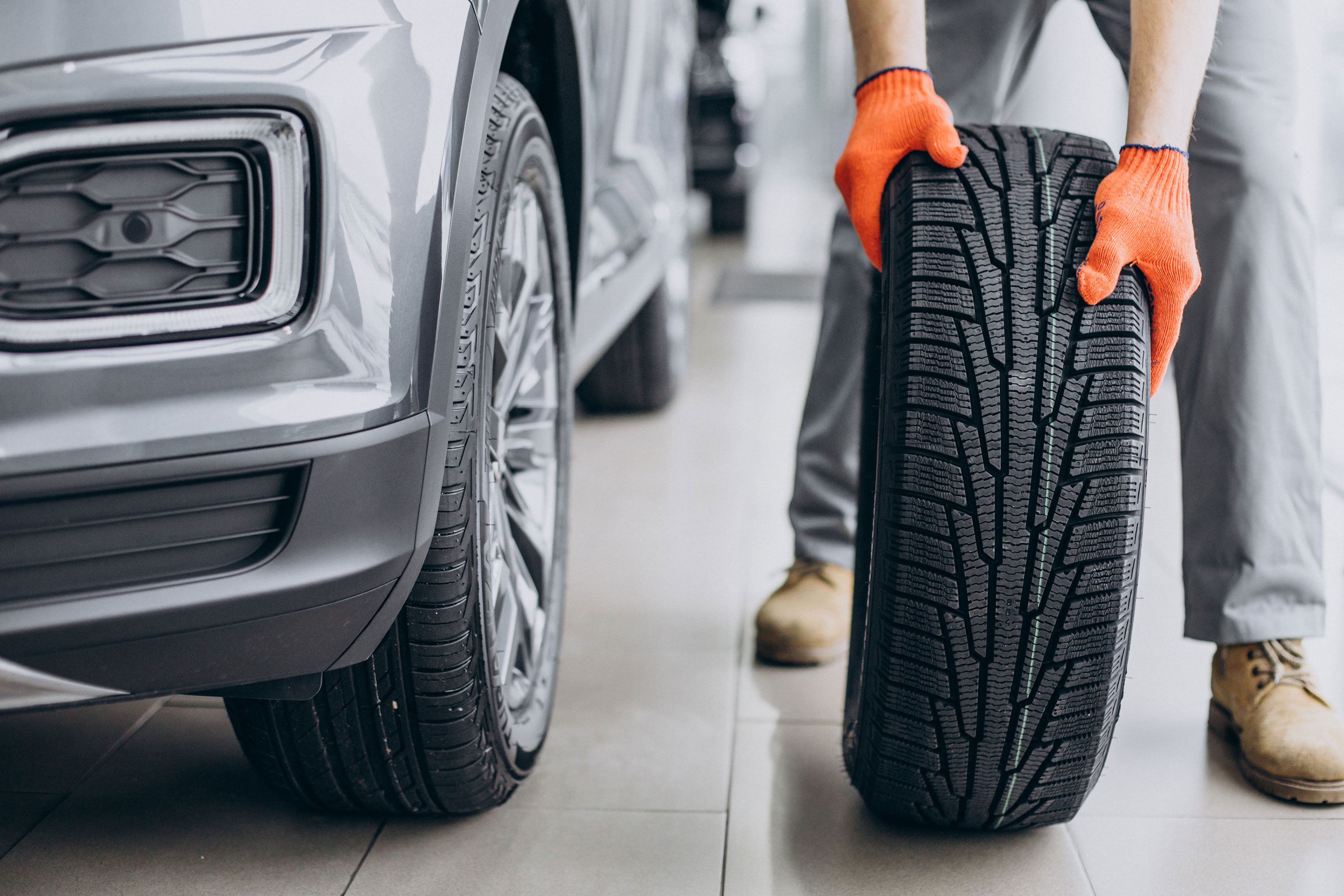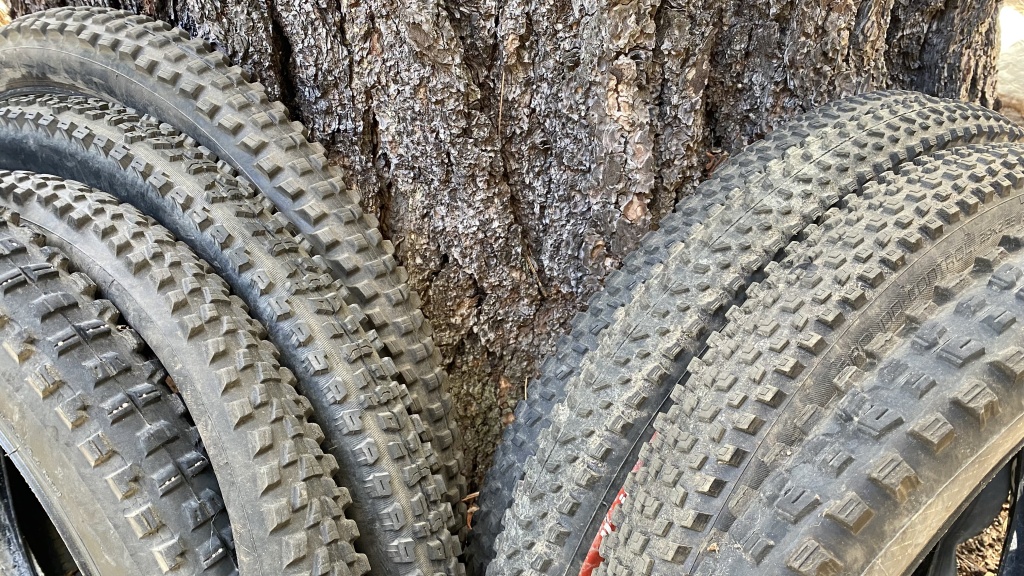All Categories
Featured
Table of Contents
The Michelin supplied a comfy driving experience, qualified by receptive guiding and a modern understeer balance. In spite of the cooler screening problems, Michelin's consistent time and hold over 3 laps indicates its suitability for real-world applications.
One more notable element was Yokohama's workout time. The tyre's initial lap was a second slower than the second, pointing to a temperature-related hold rise. This recommends the Yokohama may beam in completely dry, race-like problems. For day-to-day usage, the Michelin might be a safer bet. Successor was the Hankook.
Honest High-quality Tyres Near Me
It shared Michelin's safe understeer balance but did not have the latter's readiness to turn. Continental and Goodyear's efficiencies were noteworthy, with Continental's brand-new PremiumContact 7 showing a considerable enhancement in damp problems compared to its precursor, the PC6. This version was far less sensitive to fill modifications and behaved just like the Michelin, albeit with somewhat less interaction at the restriction.
It incorporated the safe understeer equilibrium of the Michelin and Continental with some stylish handling, verifying both predictable and fast. As an all-rounder for this Golf GTI, Goodyear's Asymmetric range was the standout, demonstrating excellent efficiency in the wet. The Bridgestone Potenza Sport took the crown as the fastest tyre, albeit by a tiny margin.
Vehicle drivers looking for an exciting wet drive might locate this tire worth thinking about. The standout performer in wet braking was the newest tire on test, the PremiumContact 7, though the outcomes are nuanced.
Tyre Performance ( Stirling)
Ideally, we wanted the cold temperature level examination to be at around 5-7C, however logistical delays implied we checked with an average air temperature of 8C and water at 12C. While this was cooler than standard test conditions, it was still warmer than real-world problems. The cozy temperature level examination was done at approximately 18C air and 19C water.
The third run included damp stopping examinations on worn tyres, particularly those machined down to 2mm with a tiny encounter. While we meant to do even more with these used tires, climate constraints restricted our screening. Nevertheless, it deserves noting that damp stopping is most critical at the worn state, as tires normally boost in completely dry problems as they put on.

Nonetheless, it shared the most significant efficiency decline, alongside the Yokohama, when put on. Bridgestone, Goodyear, and Michelin saw the least efficiency reduction when used. Nevertheless, Bridgestone and Goodyear's efficiency dipped in cooler conditions. The Hankook tire registered the tiniest performance drop as temperature levels cooled down, however it was among the most affected when used.
Reliable Tyre Safety Checks (Dianella WA)
The take-home message right here is that no single tire stood out in all elements of damp braking, showing a complex interaction of variables influencing tire efficiency under different problems. There was a standout tire in aquaplaning, the Continental finished top in both straight and bent aquaplaning, with the Michelin and Goodyear likewise excellent in deeper water.
Yokohama can gain from a little more grip, an issue possibly influenced by the cooler problems. When it comes to managing, all tires executed within a 2% variety on the lap, showing their top quality efficiency (Tyre tuning). Thinking about these tyres essentially target the same customer, it's fascinating to observe the substantial distinctions in feel.
The surprise is because the PremiumContact 6 was just one of my favourites for sporty completely dry drives, but its successor, the PremiumContact 7, appears elder and resembles Michelin's efficiency. Amongst these, Hankook was the least precise in steering and communication at the limit. Tyre installation. Both Michelin and Continental supplied wonderful initial steering, albeit not the fastest
If I were to recommend a tyre for a rapid lap to a newbie, claim my papa, it would be one of these. We have the 'fun' tires, specifically Yokohama and Bridgestone. Both were quick to guide and really felt sportier than the others, but the compromise is an extra lively back side, making them much more difficult to manage.
Honest Tyre Shop Services Near Me ( Stirling)
It offered similar guiding to Bridgestone yet provided much better comments at the limitation and much better hold. The Bridgestone Potenza Sport, nevertheless, seemed to weaken quite swiftly after just three laps on this requiring circuit. Last but not least, there's Goodyear, which placed itself someplace between the fun tires and those often tending towards understeer.
All in all, these tires are outstanding entertainers. In terms of tyre wear, the approach used in this test is what the industry refers to as the 'gold requirement' of wear.
Both the Bridgestone and Yokohama tires dramatically underperformed in comparison to the other 4 tires in regards to rolling resistance, with Continental slightly outmatching the rest. Pertaining to the comfort level of the tyres, as anticipated, the majority of showed an inverse connection with handling. The Continental, Michelin, and Goodyear tyres performed finest throughout different surface types tested.

Bridgestone began to show signs of firmness, while Yokohama was specifically disconcerting over pockets. We did gauge inner sound levels; nevertheless, as is typically the situation, the results were very closely matched, and due to weather restraints, we were unable to carry out a subjective analysis of the tires noise. We looked at abrasion numbers, which measure the quantity of tire walk lost per kilometre, normalised to a one-tonne automobile.
Best Cost-effective Car Tyres ( Stirling)
This number stands for the amount of rubber dirt your tires create while driving. Michelin led in this classification, generating over 9% less rubber particle issue.
Latest Posts
Affordable Tyre Checks Near Me
Leading Tyre Packages – Stirling
Tyre Installation Near Me ([:suburb])